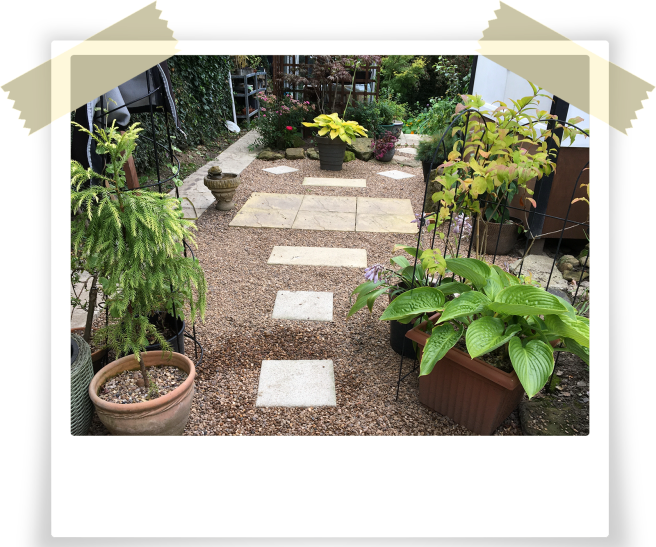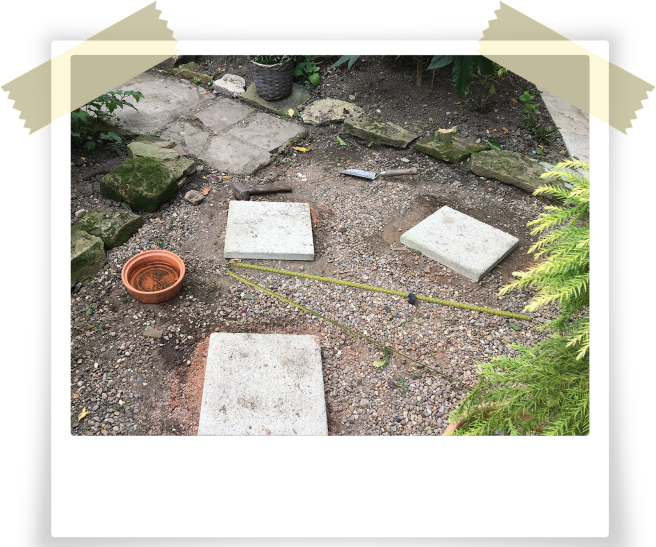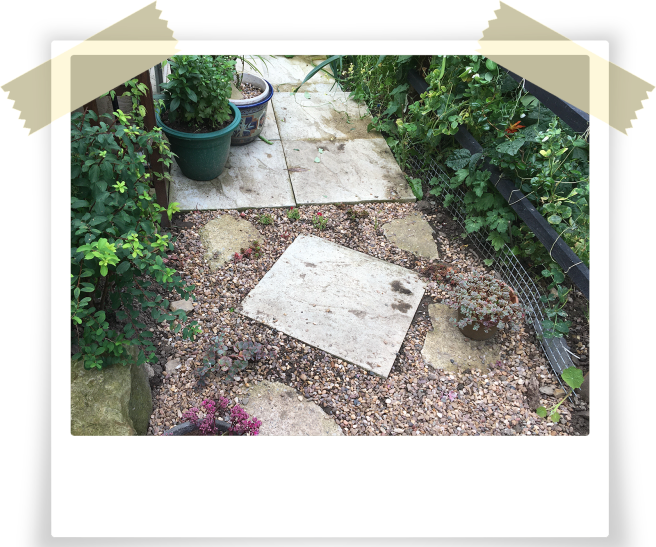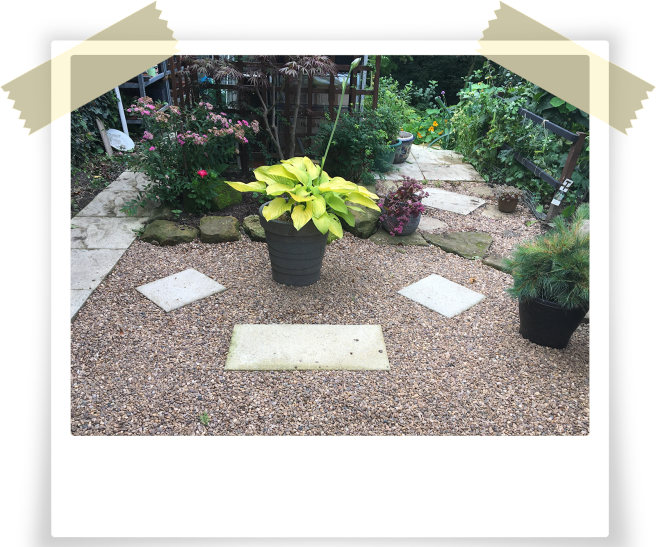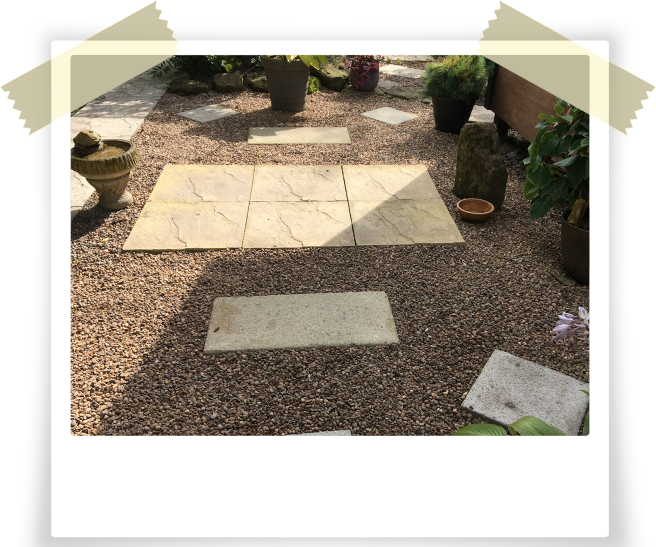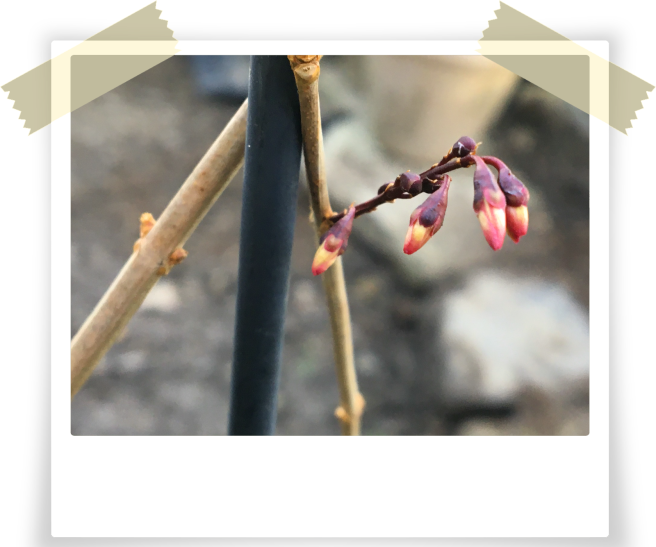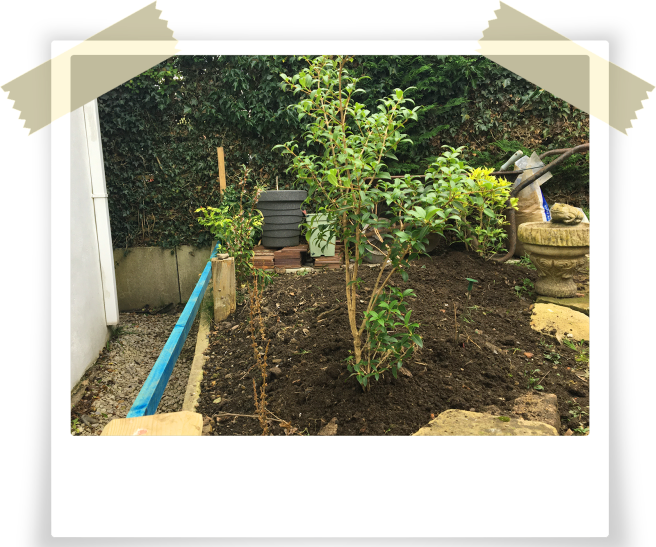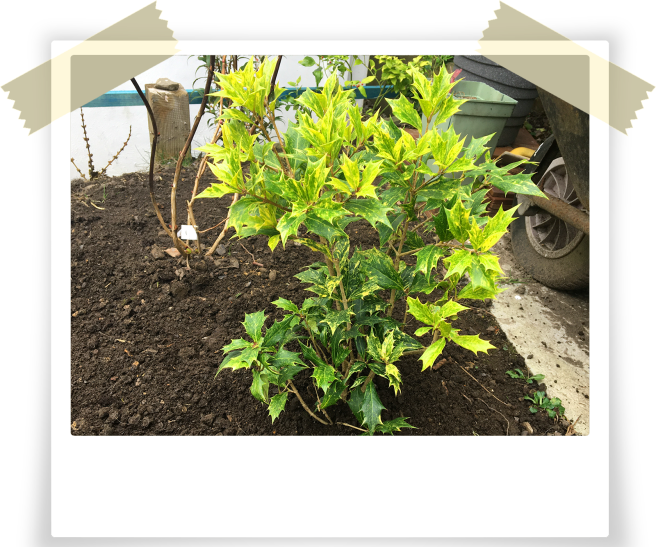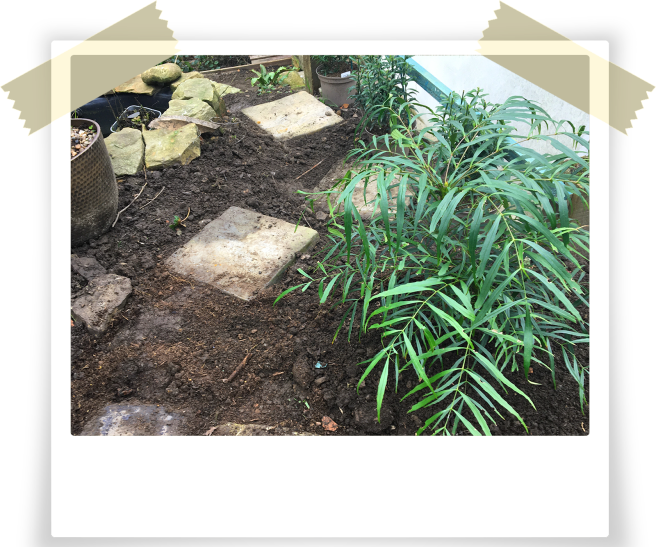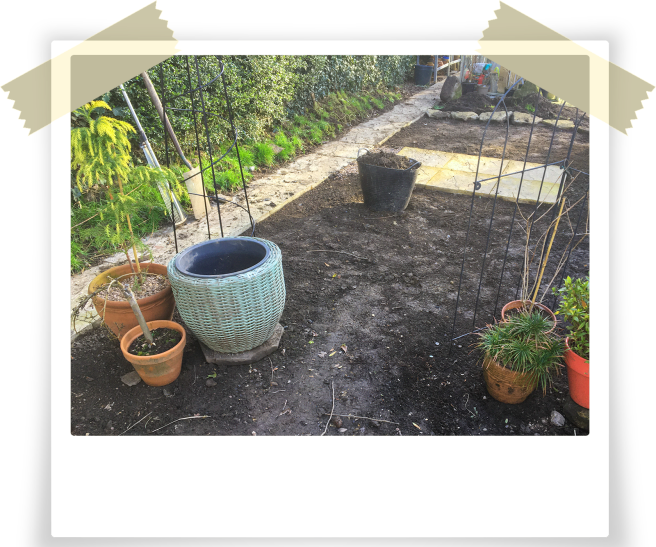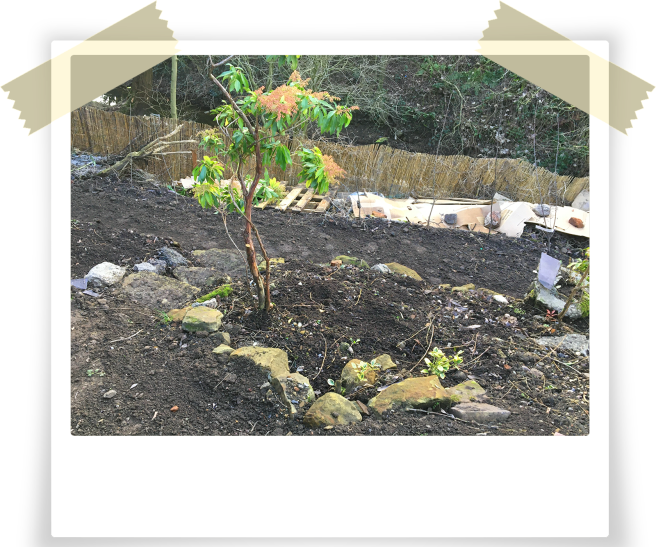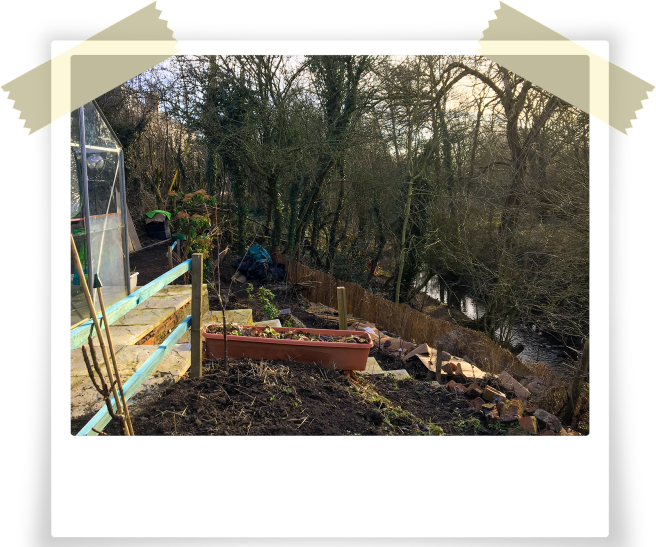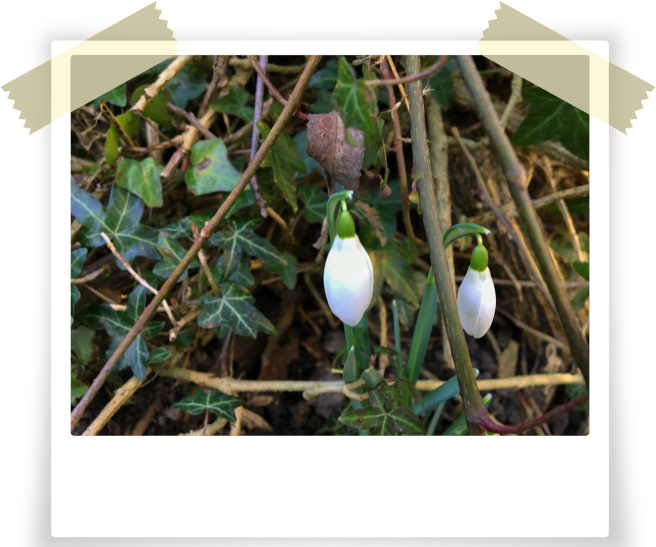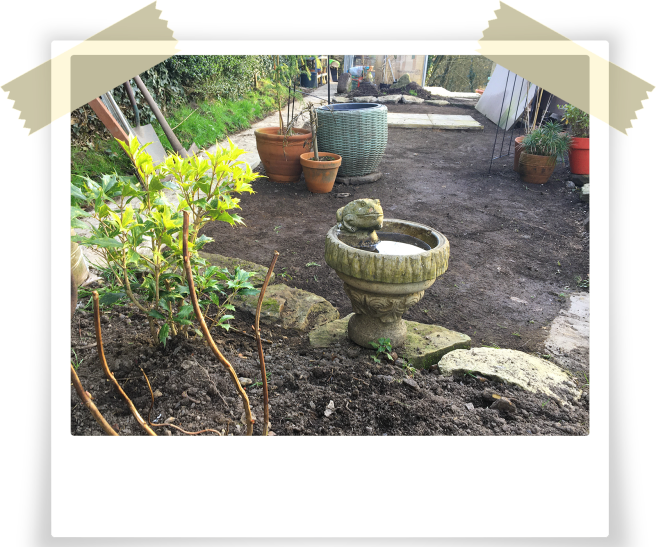After all the literal ground breaking projects I’ve done over the last 2 years (see The Plans), the end is almost in sight. Last but not least, comes the moment to complete the gravelled garden area where there was once a raised overgrown, weedy lawn
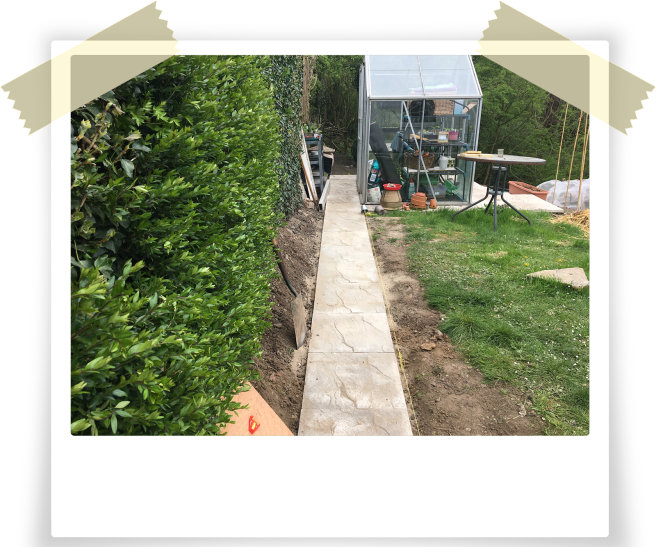
18 months ago, I mattocked out the turf along the hedge as preparation for a paved boundary path. Amongst other uses, it would provide a complete edging to stop the planned gravel from ‘travelling’. (see Of Boundaries and Bogs)
Over the next few months I gradually removed all the grass, relocated the top soil for the three shrubby beds which triangulate the raised garden area and built up the lower paths of the garden with sub soil scrapings. (see Ground work)

Down at subsoil level, it is mostly clay permeated with assorted rubble, some of which required digging out. And because the clay subsoil when wet is so slippery, it was necessary to put down several bags of ballast (a sand and stone aggregate). At this point an earth whacking machine would have been ideal but instead I levelled the ground as best as I could with a handmade tamper.

Built into plans for the gravel garden was a small paved platform for my morning qigong practice. I’d initially set it temporarily in place facing the teahouse but soon decided it needed a 90 degree turn to face south, and what would become the ‘Far Sight’ shrubbery bed.
Within the planned gravelled area, some small paving slabs were laid first, as stepping stones, reaching from the raised garden’s stone access steps to the south steps besides the greenhouse. This enabled the gravel garden also to extend and create a sedum garden there.
Since there should be some informality to stepping stones, I only used rudimentary measurements and levelling with a sand base but no mortar. I also declined to use any sort of weed suppressant membrane and will deal with what pops up as and when it does.
The back garden only has a very narrow, restricted access so the bulk bag of pea gravel was delivered to the front. This meant many trips to and fro, filling one large bucket from small containers then dragging and tipping in place. And the last bucket load felt as satisfying as putting the final piece of a jigsaw puzzle in place.
